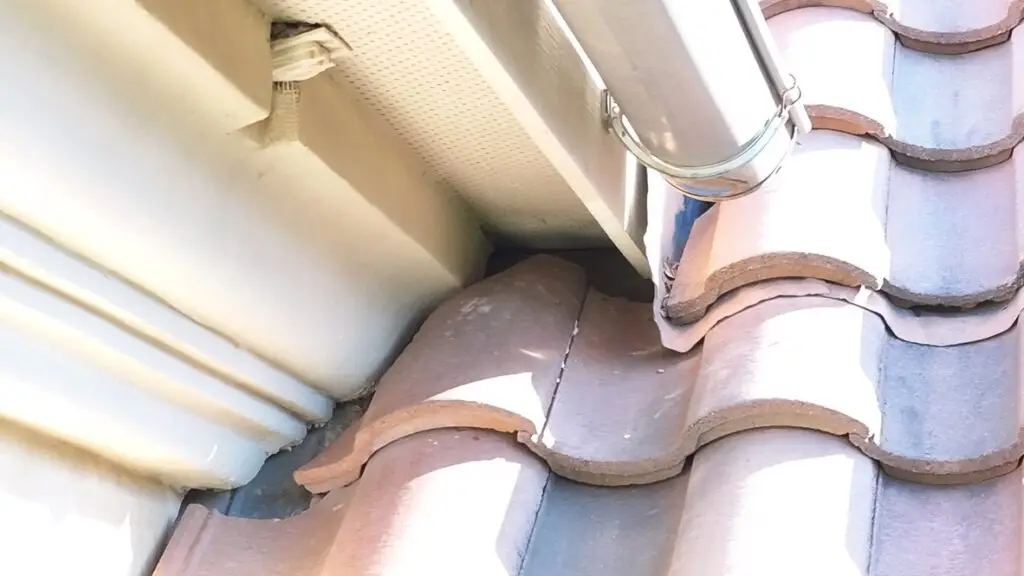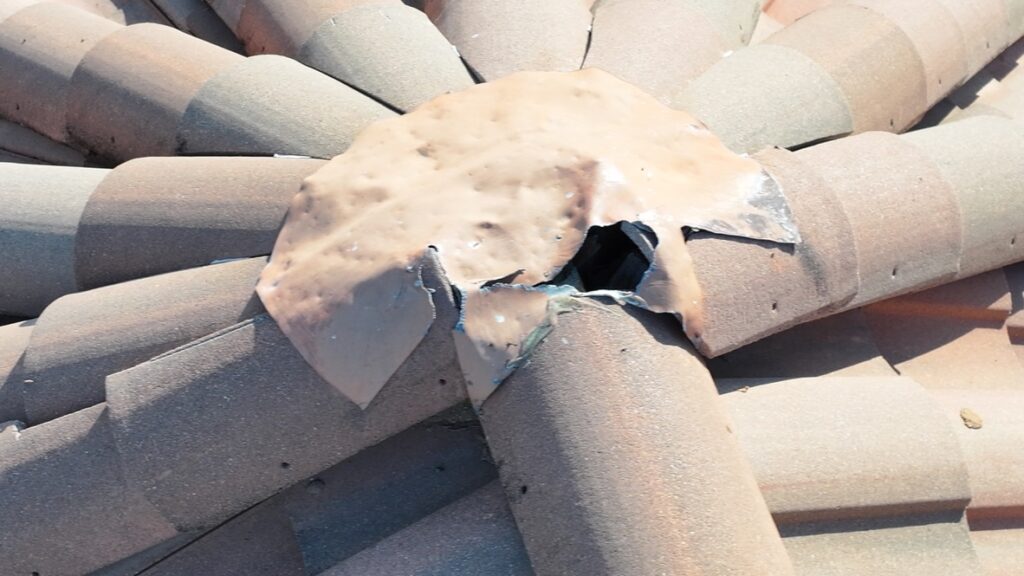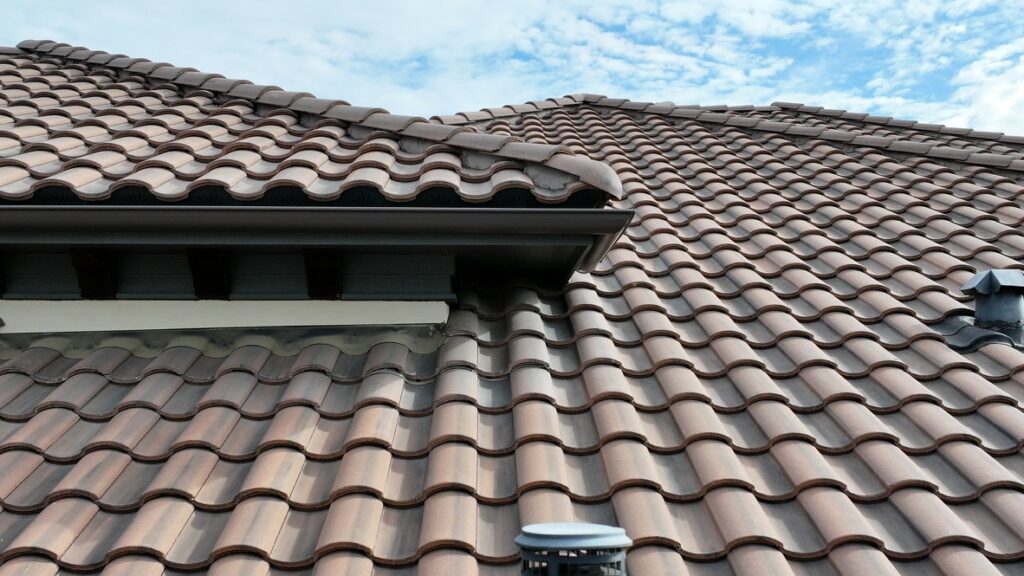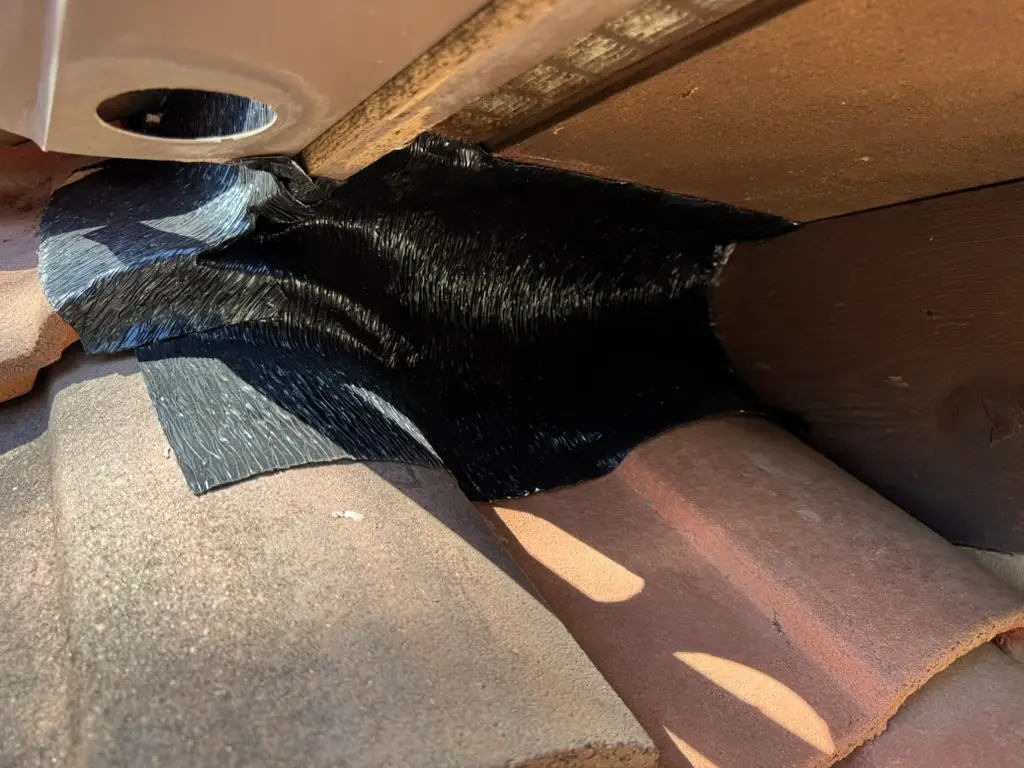It’s 6 a.m. in DFW. You’re sipping coffee when you hear scratching overhead.
Nope, not a ghost — it’s a squirrel starting its morning workout on your roof.
Tile roofs are beautiful, durable, and energy-efficient, but they also attract one furry problem: squirrels. While most homeowners love the look and longevity of clay and concrete tile, they don’t realize these roof systems come with cozy little hideouts that are perfect for critters — especially during cooler months.
In areas like Dallas, Fort Worth, Irving-Las Colinas, and McKinney, the combination of mature trees and tile roofing makes your home a prime target for squirrel activity. And unfortunately, the damage they cause isn’t just annoying — it can be costly and dangerous if left unchecked.
Let’s break down why squirrels love tile roofs and how Wakaflex flashing from Shepherd Tile Roofing can help stop them in their tracks.
1. Tile Roofs: The Perfect Squirrel Hideout
Tile roofs have built-in ventilation gaps under each tile to help with heat control. These air pockets allow hot air to escape during the summer and provide natural insulation in the winter. Unfortunately, those same gaps are perfect nesting spots for squirrels.
The main entry point, though, is often where your roofline meets your soffit — a small space that’s frequently overlooked. Squirrels can squeeze through this tight gap, climb into your attic, and start building nests in your insulation.

Once inside, they may:
- Chew through electrical wiring (a fire risk)
- Scratch or burrow into attic insulation
- Cause unpleasant odors or droppings
- Bring fleas and other pests into your home
These rodents are surprisingly resourceful and persistent. Even if you patch one entry, they’ll often try to chew through another area unless you fully address the access points.
2. Lead Flashing: A Squirrel’s Chew Toy

If your tile roof has lead pipe flashings, they’re probably on a squirrel’s menu.
Lead is soft, pliable, and perfect for rodents to sharpen their teeth on. Once a squirrel bites a hole in the flashing, rainwater can easily enter the home around the pipe penetration — leading to:
- Slow-developing leaks
- Wood rot
- Mold growth
- Ceiling stains and drywall damage
This damage may seem small from the outside, but inside your home, it can cost thousands in repairs — especially if the leak goes unnoticed for months.
In older DFW homes, lead flashing is still common. If your home hasn’t had a tile roof inspection in a few years, now is the time.
3. Why Tile Attracts Them More Than Shingles
You don’t often hear about this level of rodent damage with asphalt shingles. That’s because shingles sit flat against the decking, leaving fewer access points.

Tile roofs, on the other hand, are:
- Raised
- Airy
- Full of natural cavities
In a climate like DFW’s — with warm days and cold nights — tile holds heat longer than shingles. That makes it the perfect little hideaway for animals trying to escape the chill.
If your home also has tree limbs hanging near or over the roof, squirrels can easily leap from branch to roofline. They can access the eaves, valleys, or ridge vent systems and begin nesting in a matter of days.
4. How Wakaflex Helps Seal the Deal

To truly keep squirrels out, you need more than caulk or expanding foam. You need a flexible, weather-resistant barrier that squirrels can’t chew through — that’s where Wakaflex comes in.
Wakaflex is a modern, lead-free flashing made from a UV-stable, non-toxic synthetic rubber. It’s designed to seal around vents, pipe penetrations, and flashing transitions on tile roofs.
Benefits of Wakaflex include:
- Chew-resistant material that rodents avoid
- Forms an airtight and waterproof bond
- Safe for use on stucco, tile, metal, and masonry
- Flexes with temperature swings without cracking
- Backed by manufacturer warranties when installed by certified pros
At Shepherd Tile Roofing, we use Wakaflex to replace damaged lead flashings and seal soffit gaps in a way that’s both attractive and effective. It’s the best long-term solution to prevent repeat rodent damage.
5. Prevention Tips from the Pros
Want to avoid waking up to scratching sounds in your attic? Here’s what we recommend:
- Trim back any tree limbs that touch or hang over your roof
- Inspect soffit transitions and eaves annually for gaps or chew marks
- Replace old or chewed lead flashings with Wakaflex or metal flashing
- Schedule a free tile roof inspection with a Shepherd Tile Roofing expert
We also recommend installing eave closures or bird stops if your tile roof doesn’t already have them. These small but effective details can block access under the first course of tiles — one of the most common squirrel entry points.
The Take Away
Squirrels might look cute, but the damage they cause can be extensive. Whether you live in Dallas, Highland Park, or Arlington, your tile roof needs protection from pest activity — especially during the fall and winter seasons.
If your home has visible flashing, tree branches nearby, or signs of pest activity, don’t wait for a leak to show up. Our team at Shepherd Tile Roofing specializes in tile roof repairs, lead flashing replacement, and Wakaflex installations that protect your home for years to come.
📍 Serving Dallas–Fort Worth, Plano, Irving-Las Colinas, Southlake & beyond
📞 Call (214) 494-0851
🌐 Schedule Your Free Inspection

